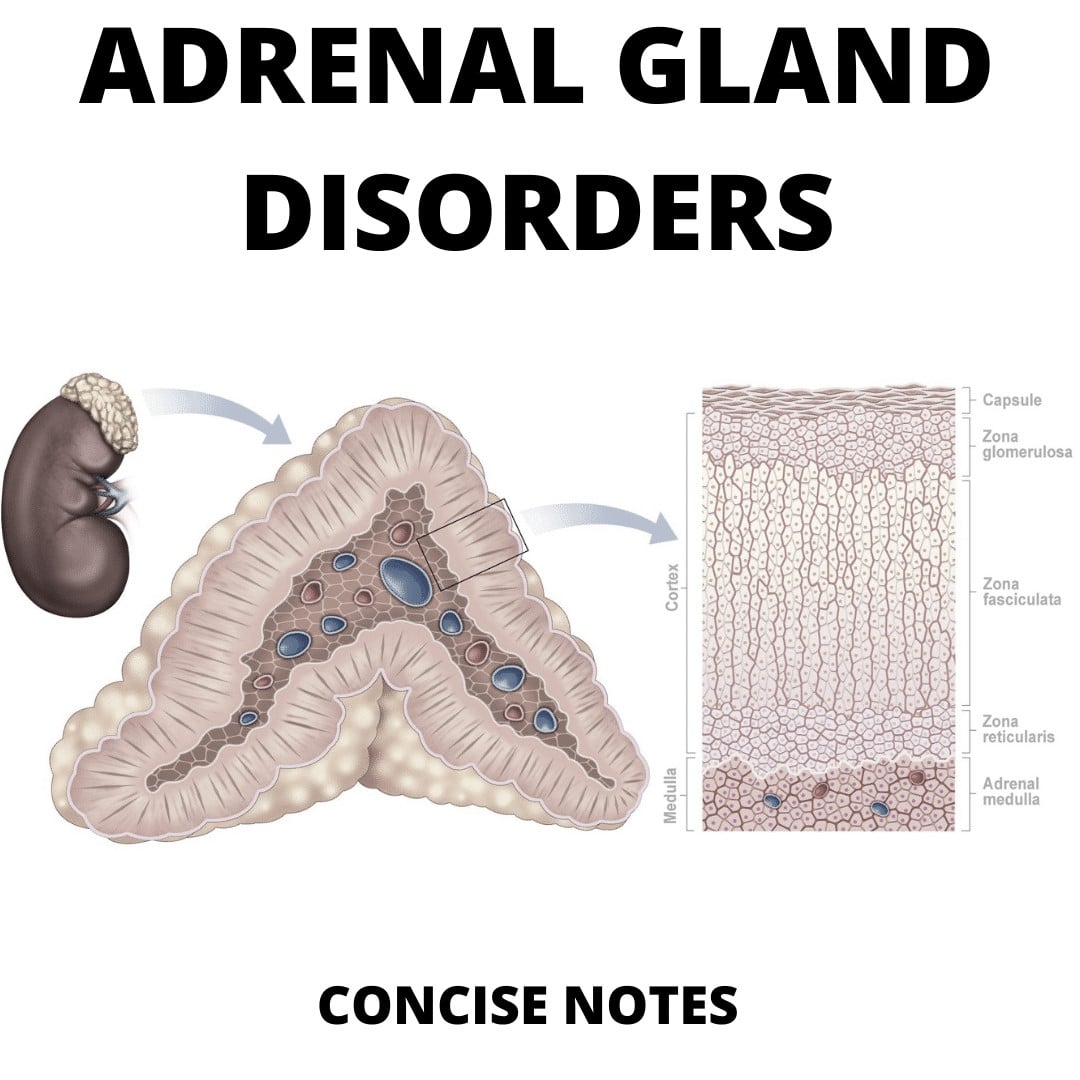The incidence of adrenal incidentalomas can be as high as 4-6%, and the prevalence of bilateral lesions can occur in up to 15% of these patients.

What are adrenal incidentalomas?
An adrenal incidentaloma is a mass or lump that is found in the adrenal gland when a person is being examined for another reason. These masses are usually found during a CT scan or MRI that was done for another reason. Most of the time, these incidentalomas are benign, meaning they are not cancerous.
However, some of them can be malignant, meaning they are cancerous. If an adrenal incidentaloma is found, a biopsy may be done to determine if it is benign or malignant. treatment will depend on the type of adrenal incidentaloma that is found. Benign tumors do not usually require treatment unless they are causing symptoms. Malignant tumors will require treatment with surgery, radiation therapy, and/or chemotherapy.
Bilateral adrenal incidentalomas
The workup is the same as for unilateral disease. The differential diagnosis is classified between neoplasms, either benign or malignant, congenital adrenal hyperplasia, infiltration, trauma, or bilateral cortical adenoma. When malignancy is suspected, based on radiologic findings, metastasis is the most common finding. The primary cancers, which account for 90% of cases of metastasis to the adrenals, arise from lung, breast, stomach, liver, renal, pancreatic, and colon carcinomas.
The prevalence of hormonal hypersecretion is not well defined in bilateral disease, but a study from Pasternak et al revealed that the occurrence of subclinical Cushing’s syndrome (SCS) is high in this patient population. When there is evidence of hyperaldosteronism, adrenal vein sampling (AVS) still remains the standard to determine focality between lesions but for SCS it is unclear. AVS has also been postulated by some sources as a means to localize and treat these patients. Adrenal cortical hypofunction can also occur and should be considered.
References
Pasternak JD, Seib CD, Seiser N, et al. Differences Between Bilateral Adrenal Incidentalomas and Unilateral Lesions. JAMA Surg. 2015;150(10):974–978.
Gupta, P.,Bhalla, A. and Sharma, R (2012). Bilateral adrenal lesions. Journal of Medical Imaging and Radiation Oncology, 56,: 636-645
Young, W.F., du Plessis, H., Thompson, G.B. et al. The Clinical Conundrum of Corticotropin-independent Autonomous Cortisol Secretion in Patients with Bilateral Adrenal Masses. World J Surg 32, 856–862 (2008)
Young, W.F. The Incidentally discovered adrenal mass. NEJM. 2007; 356:601-610.
Kindly Let Us Know If This Was helpful? Thank You!

